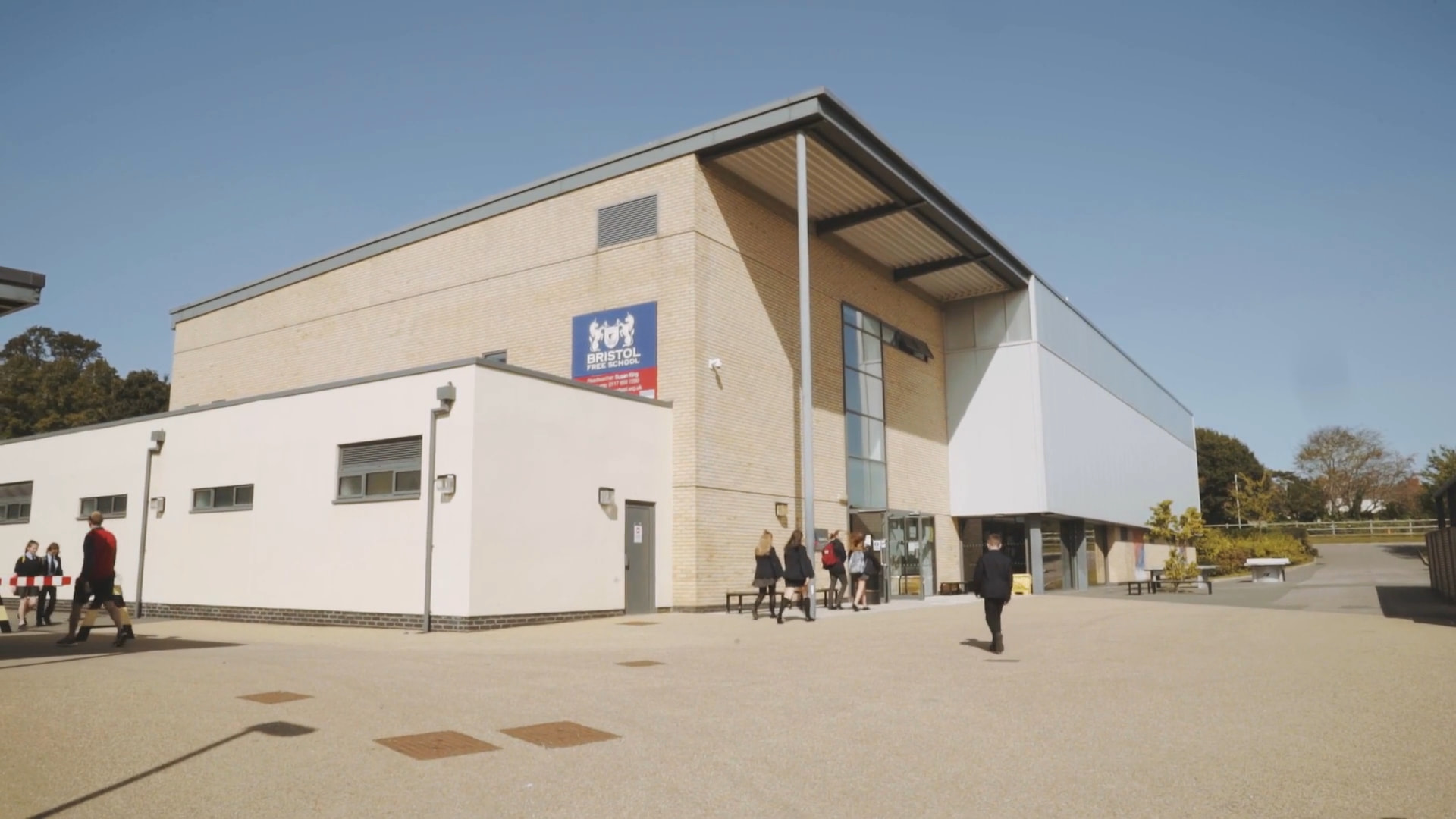
For this unit, students choose their own problem to solve. Students will be expected to analyse, design, develop, test, evaluate and document a program written in a suitable programming language. The underlying approach to the project is to apply the principles of computational thinking to a practical coding problem.
Learners are expected to apply appropriate principles from an agile development approach to the project development.
20% of the qualification. Internally assessed.
3.1 - Analysis of the problem (10 marks)
3.2 - Design of the solution (15 marks)
3.3 - Developing the solution (25 marks)
3.4 - Evaluation (20 marks)
FINAL DEADLINE Friday 28h February 2020
During this unit, students will learn about different types of compression and encryption methods, understand the concepts of relational databases, normalisation and be able to use SQL to select data and modify a database and be able to describe different methods of capturing, selecting, managing and exchanging data. Students will also learn about data redundancy and transaction processing including ACID properties.
Students will sit a written End of Unit Assessment.
Students will learn about the structure of the Internet including communication, protocols and standards, TCP/IP, purpose and function of DNS, packet switching, characteristics of different networks and security of networks. This will include a tour of the school network including the server room and use of virtual networks to demonstrate packet switching. Students will also understand how HTML, CSS and JavaScript are used to create web pages and how search engine indexing is implemented.
Students will sit a written End of Unit assessment.
Students will learn about key Acts relating to computer science and be able to discuss the challenges facing legislators especially due to the developments in technology. Students will learn about ethical and environmental issues arising from the use of digital technology, positive and negative impacts of the use of technology in society as well as be able to discuss some of the moral challenges which arise from the advancements in digital technology such as artificial intelligence and automated decision making.
Students will sit a written End of Unit assessment.
Students will prepare for final examinations focusing on areas for development from the mock examination analysis. There are two 2 hour 30 minute examinations, each worth 40% of the overall qualification (80% in total).
Students will sit two 2 hour 30 minute examinations.
Paper 1 - Monday 1st June AM
Paper 2 - Tuesday 9th June AM
Students will be able to draw and interpret logic gate circuit diagrams, draw Karnaugh maps, truth tables and explain the logic associated with D type flip flops. Students will use equipment designed and created by Southampton University to create logic circuits.
Students will sit a written End of Unit assessment.